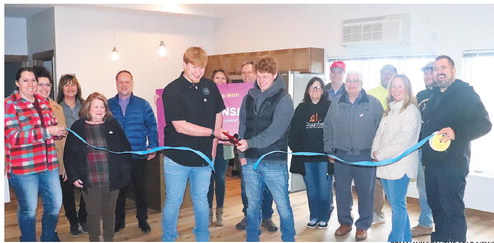Posted on
Cash for carbon?
Credit program could bring county additional long-term forest revenue
Carbon offset credits could mean more green for Taylor County taxpayers.
LATEST NEWS


Credit program could bring county additional long-term forest revenue
Carbon offset credits could mean more green for Taylor County taxpayers.